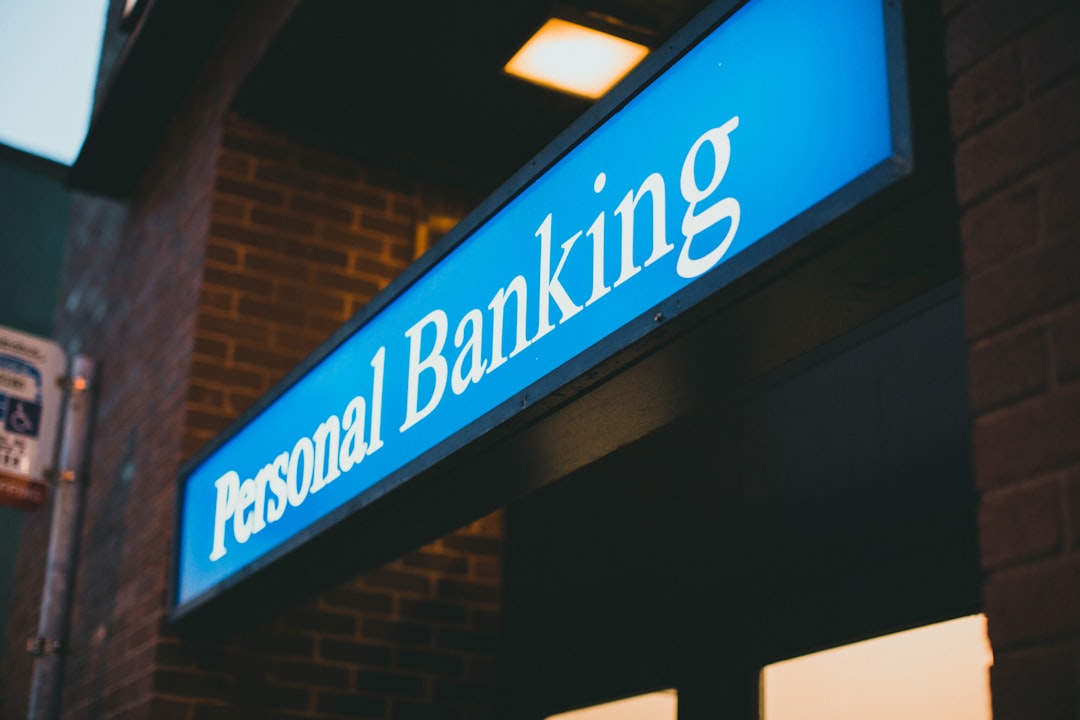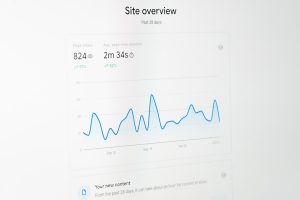
Managing incoming cash flow is an essential part of running any business smoothly. Often, clients may not be in a position to pay the full invoice amount all at once. In such cases, partial payments offer a practical solution. By accepting payments in installments, businesses can improve customer relationships, reduce the risk of losing a sale, and maintain a steady stream of revenue.
What Are Partial Payments?
A partial payment is any payment made by a client that covers only a portion of the total invoice amount. It allows the customer to pay in smaller, manageable chunks rather than paying the entire amount upfront. This practice is common in many industries, including construction, freelance services, and wholesale trade.
Partial payments can be crucial during times of financial strain, both for the client and the business. Offering this flexibility can help customers stay on track with their payments while still receiving the products or services they need.
Key Benefits of Accepting Partial Payments
- Improved Cash Flow: Even a partial payment is better than none, especially when operating in a tight budget scenario.
- Customer Satisfaction: Flexibility shows goodwill and understanding, leading to better client relationships.
- Customized Payment Plans: Businesses can create tailored repayment schedules that meet both parties’ needs.
- Reduced Risk of Bad Debt: Encouraging partial payments can lead to quicker resolution of outstanding balances.
How to Handle Invoices with Partial Payments
Processing partial payments without proper records can lead to confusion and errors. To manage them effectively, follow these essential steps:
1. Clearly Define Payment Terms
Outline your payment policies up front. Specify whether partial payments are acceptable, under what conditions, and if any interest or service fees will apply.
2. Use Invoicing Software
Leverage invoicing tools that support partial payments and allow for easy tracking of outstanding balances. Solutions like QuickBooks, FreshBooks, or Zoho Invoice can simplify the process significantly.
3. Provide Payment Reminders
Send follow-up emails or notifications as due dates approach. Automated reminders help clients stay consistent and reduce the chance of missed payments.

4. Record Transactions Accurately
Every partial payment should be recorded with the corresponding invoice. This tactic prevents duplicated efforts and assures transparency in financial reports.
5. Reissue Updated Invoices
After each partial payment, send an updated invoice showing the remaining balance. This maintains clarity and accountability for both parties.
Risks and Considerations
While partial payments offer many advantages, there are some potential downsides to keep in mind, such as:
- Delayed Full Payment: There’s always a risk that the client may delay future payments or default altogether.
- Increased Administrative Work: Tracking and managing multiple payments per invoice can be time-consuming without the right tools.
- Possible Confusion: Clients might misunderstand the terms or forget how much they have already paid.
To mitigate these risks, set clear expectations, use effective tools, and maintain open communication with your clients.
Conclusion
Partial payments are an invaluable tool for fostering trust and accommodating customer needs without sacrificing business performance. With the right approach and proper systems in place, handling invoices with partial payments can be seamless and beneficial to both businesses and their clients.
Frequently Asked Questions
- Q: Can partial payments be automated?
A: Yes, many invoicing platforms allow for setting up recurring or scheduled partial payments automatically. - Q: Should late fees still apply if partial payments are made?
A: This depends on your policy. It’s recommended to discuss this with your client and make terms clear in the contract. - Q: How should I show partial payments on an invoice?
A: Updated invoices should display the amount paid, remaining balance, and payment history to avoid confusion. - Q: Is it better to offer partial payments or discounts?
A: Both have their advantages. Partial payments maintain the full invoice value over time, while discounts encourage faster full payments. - Q: What industries commonly use partial payments?
A: Industries such as construction, retail, healthcare, and freelance services often utilize partial payments.






